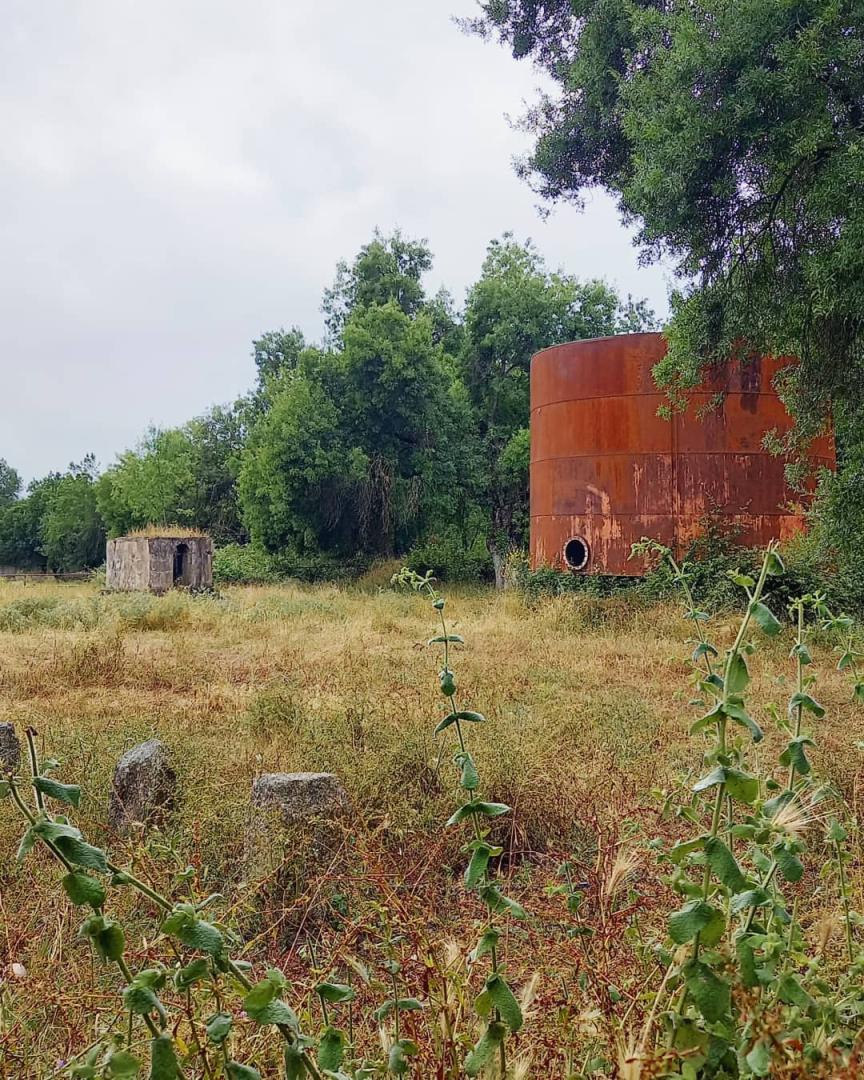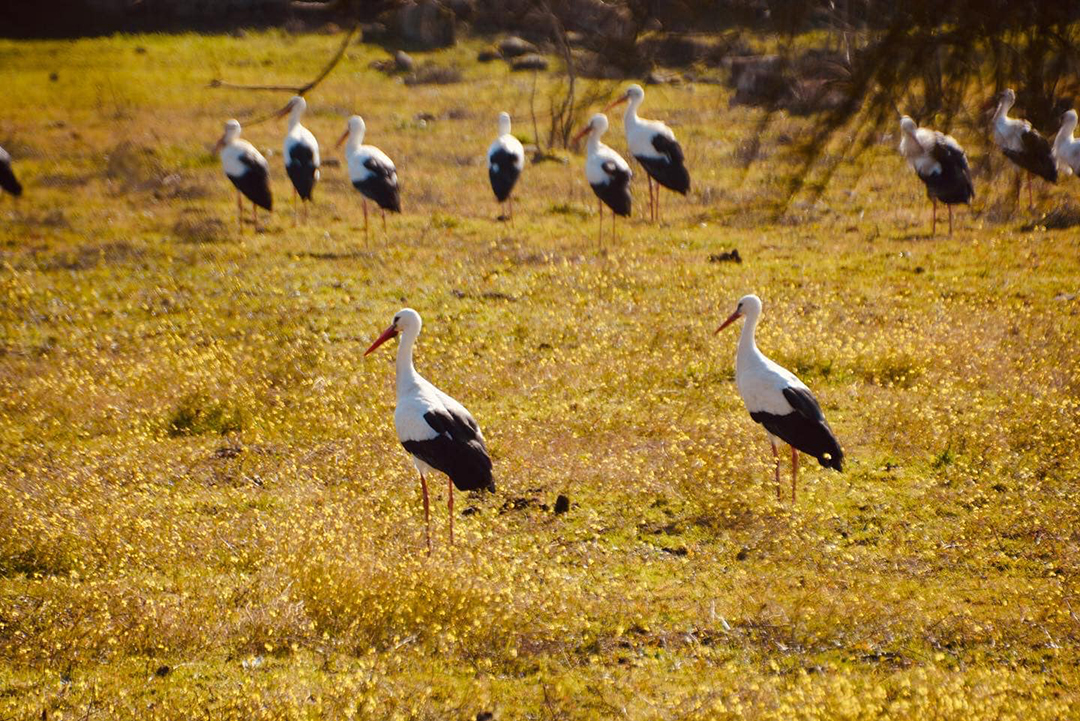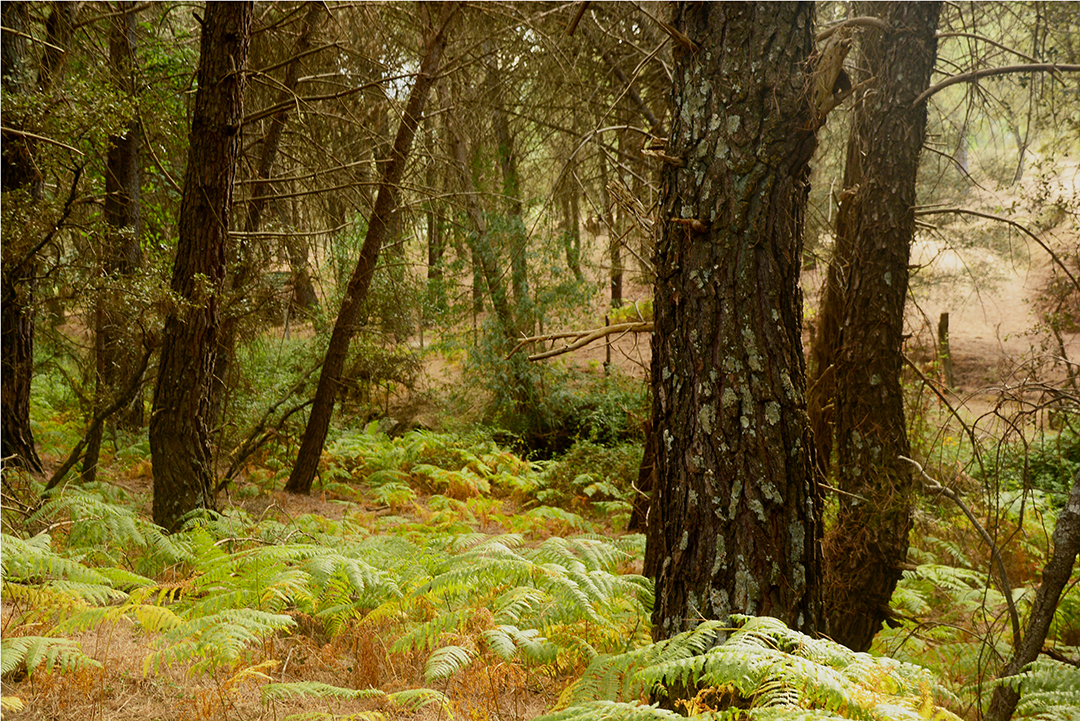Old Resin Factory
Basic information
Project Title
Full project title
Category
Project Description
This project is proposed as a new concept of the cultural center. Where the community, the natural and historical environment, in which they are located, and all the types of families and children are, for the first time, the driving force within the cultural institution. We work to build and give visibility to the new identities of the Valley, and we create in the resin mill a space where we break the usual molds to become promoters of the cultural offer of our environment.
Geographical Scope
Project Region
Urban or rural issues
Physical or other transformations
EU Programme or fund
Which funds
Description of the project
Summary
The Amarillo 109 project was born as a cultural proposal to increase the sense of belonging by generating a new opportunity to reconnect with the rural environment, particularly in the context of La Adrada, Tiétar Valley. To this end, it seeks to re-mean (regenerate) the resin plant space, which was in obsolescence until now.The resin factory seeks to highlight those alternatives and spaces that exist in the rural environment where the inhabitants can develop their needs and concerns. This space also speaks of the place from which access to culture is treated, in the dimensional imbalance that exists between urban and rural environments concerning investment by public institutions, the rural environment being the eternally forgotten.We need to rethink how we inhabit spaces to make them a place where we not only take into account our footprint but also the environment in which we are moving.Attending to the footprint it is important to go through the space and its history. A point when making this tour is to talk about the fires that occur during the summer season repeatedly in the Tiétar Valley. One problem we encounter is the scarcity of resources for the cleaning and maintenance of the mountains, which produce and reproduces these fires and leave the ecosystem in which we are. If we focus on La Adrada, thirty years ago there was the largest large-scale fire in recent times that destroyed the environment but also ended the activity and life of the space in which we are and we want to resignify, the resin mill.This had a direct negative impact: a place of work and a place that fostered links between the actors who met there was destroyed and thus fell into disuse. To be able to rebuild this space is not only to give a new life to the resin factory but also to provide people with a place where they can meet and develop their concerns.
Key objectives for sustainability
We are faced with a project that seeks to reduce in a real way the social and environmental impact, trying to generate a community well. This fact is reproduced in the use of an already constructed building in which we do not want to generate changes that involve negative effects on the rural environment. The reuse of the resin mill, allows us to protect the environment, the natural habitat avoiding atmospheric pollution as well as noise and light pollution of the space. By not generating a construction of the place we are distancing ourselves from any negative impact that may be generated, attending to the reuse of resources, valuing the work of our ancestors, and taking advantage of traditional knowledge, involving ourselves in the care of the area and its needs. We can relate this way of rethinking the resin factory to the circular economy. We seek that the consumption and cultural production that we are going to develop in the space has an implication in which the sharing of a disused space with the neighbors of the area arises, extending the life of an existing product that also allows a meeting that did not exist before the appearance of this place. Finding oneself in a place that speaks directly to sustainability and what it means to rebuild together in response to local needs means making people aware of what it means to respect their environment and how this also benefits their way of finding themselves in their context. If we look directly at the environment's impact on the surroundings, we can develop a series of direct examples that are related to the lighting care of the environment. Firstly, all the events that take place in the space and its surroundings will seek to be programmed in daylight, and those events that take place at night will have low energy consumption lighting, in addition, we will seek to develop as many activities as possible in summer to take advantage of the maximum amount of sunlight.
Key objectives for aesthetics and quality
If we focus on the field of aesthetics and how this can be a protagonist in the experience beyond what it means to have this space, we find ourselves whit the main idea of what the resin mill has been versus what it seeks to be. Going through a space with a historical route that conveys a very specific aesthetic allows us to give the resin factory a specific meaning and also to respect the place it occupies for the environment and its neighbors.To endow the space with an aesthetic that breaks with its surroundings would be to speak of an aesthetic for what is happening outside, instead of attending to what is happening inside. That is to say, it would be to tell a story that responded to the current aesthetic in an environment in which we are not, to transfer the needs of a moment such as the one that is reproduced in he urban environment instead of speaking of the needs, problems and aesthetics that are transferred to the rural environment. Furthermore, to seek to respond to a milestone outside the environment in which we find ourselves would be to forget the history that allows this present to come about. It is important to aesthetically situate the resin mill to show all the places it has passed through and what it has meant for its environment. Maintaining the aesthetics and giving it a sober character also means keeping an eye on the rural environment and its aesthetic capacity. Being in the place where we mean enjoying a specific aesthetic that gives us the landscape located beyond developing a defined aesthetic in the building where the main activities are carried out. The space will be equipped with innovative elements that respond to the local aesthetics but will also respect the classic aesthetics of the factory, since by law the façades and doors must be preserved, as well as the main gate, which is protected.
Key objectives for inclusion
One of the main axes of this project seeks to promote inclusion, to provide the context with a space that allows balancing equal opportunities, not only concerning neighbors but also exposing the differences and capacities of the rural environment compared to the urban one, where it is placed at an institutional level and the lack of visibility given to its needs. The problems related to the structural imbalance in terms of access to culture seek to be addressed by reusing the resin mill as a cultural space. We also seek to ensure that the construction of this space, it's programming, and how activities are carried out respond to the community and its needs. We need to place the community at the center and activates relations within it so that it becomes the driving for change. We must also pay attention to the audiences we are dealing with and involve them according to their context and culture to redesign the space. In other words, we are faced with a very specific context in which the fact that they are migrant families stands out. We must listen to and promote their needs to build a safe and accessible environment for their circumstances. To address all the problems we encounter, the construction of the space must make visible the practices of the context that make it possible for this to be maintained, how they are produced, and the benefits they have. But it must also include all the practices that do not have such a defined historical path in the space, but the living heritage that responds to migrant families, their experiences, and ways of doing things must also be responded to in the construction of the space. To do this, we will seek a constant active link between the residents and the reconstruction of the space. What the residents want the space to be, what they need from it, what they are missing in the environment in which they are developing and building their identity.
Results in relation to category
Generating a meeting place for neighbors allows them to equip themselves with the tools they do not have so far to be able not only to meet their unresolved needs and problems but also provides a meeting point that generates a network that strengthens the feeling of belonging to a group, a community. Arriving in a space that is not your own that does not respond to your original ways of doing things means feeling outside the environment that surrounds you, not feeling that you are part of it. That is why it is important to listen not only to what is local, understood as what has been traditionally developed and should not be forgotten, but also to bring to the forefront all those ways of doing and building that are available to the group of people who have bot been part of the ecosystem since it has existed. It is to enable the idea of coexistence and dialogue, to feel support for the place you occupy in a context, to be part of a community, and to the possibility of change. Providing a space where there are dynamics that facilitate meeting and listening is to enables a common identity among all the inhabitants. The lack of such a space makes it difficult to generate a link between the ways of doing things, as well as the common needs of the actors who seek to develop their presence and their future possibilities in this context.
How Citizens benefit
When a new space is built, in this case, a new use is given to a space that has a specific historical background (which must be taken into account), specific criteria are usually set out that generally do not stat from the environment but a vision of the environment outside it. For the reconstruction of this space, it seems vital to us to place the citizens and their participation at the center, to respond to their ways of doing things and the needs they express at that time and place. When it comes to generating a program in the resin mill and presenting its history, it is necessary to pay attention to the people who inhabit the context where the space is located. In order to sustain and generate a space that dialogues with its inhabitants, they must be present in the decision making process, be part of the programming, find a real link where their reflections and approaches are integrated. It is also important when talking about participation to talk about the cultural practices that have been developed in La Adrada. To talk about the historical journey of the ways of doing things that are developed in the place to make them visible and to activate a relationship with the resin factory through them. To also focus on all the practices of those families who have moved over the years and who have their own cultural fabric, which is also integrated into the more recent history of the area. The construction of this cultural space in an area that is part of the identity of the environment and its inhabitants requires citizen participation to tell its history, what this place has meant from the time it was created until it was lost due to the fires in the Tiétar Valley. Also based on the whole journey that the resin mill has had and what it has meant for the people who live there, identity is constructed in the present, the places to which the cultural space wants to refer.
Physical or other transformations
Innovative character
While it is true that for some years now the reuse of post-industrial spaces is a dynamic that we have seen develop. It is not so much in the fact of building from the local and the agents that inhabit the environment around the resin mill. Developing a strategic plan seeking the sustainability of the place, democratizing culture in rural environments, and enhancing their knowledge is to give visibility to everything that happens beyond the city. It also means opening possibilities to avoid the abandonment of rural spaces in favor of the city. These abandoned spaces that are reused to generate a specific cultural space are often linked to an urban space reproducing logic about the centralization of the same and the imbalance that exists between one area and another. In addition, the views that are usually taken on what is to be done are usually those of experts concerning what is to be developed. Another difference that should be highlighted is the type of family that inhabits the context and which we also want to put as the basis and fundamental axis when developing the activities and programs that occur over the years. The resin farm is an active space that will always be subject to changes, reflections, and rethinking of its activities. In this case, the migrant family is also heard and its voice requires an absolute presence in the work. To talk about what happens in the valley and the identity and fabric that culturally crosses this space are to talk about the diversity found in it. Therefore: the resin mill must be contemplated as a space open to listening, change, and diversity. All forms of inhabiting the space must be contemplated in its construction.
Learning transferred to other parties
The results can be transferred to reproduce the ways of doing things in other environments. In the rural context of Spain, there is an abandonment of heritage in rural areas that could be recovered to generate a greater possibility, to seek balance in access to culture, and to highlight the practices that are being developed in these places so that they do not end up losing due to lack of visibility. Replicating this project in different rural environments and giving a new life to buildings that are in disuse is to give the rural environment a greater capacity to have spaces in which to develop their activity, reflect and expose the problems they face. In a way, it counteracts the lack of public policy responses to the "España Vaciada" and its structural need. It is to support a way of life that is not attended to in a balanced way in the face of the ways of life in the cities where most of the infrastructures that make daily life possible are located.



